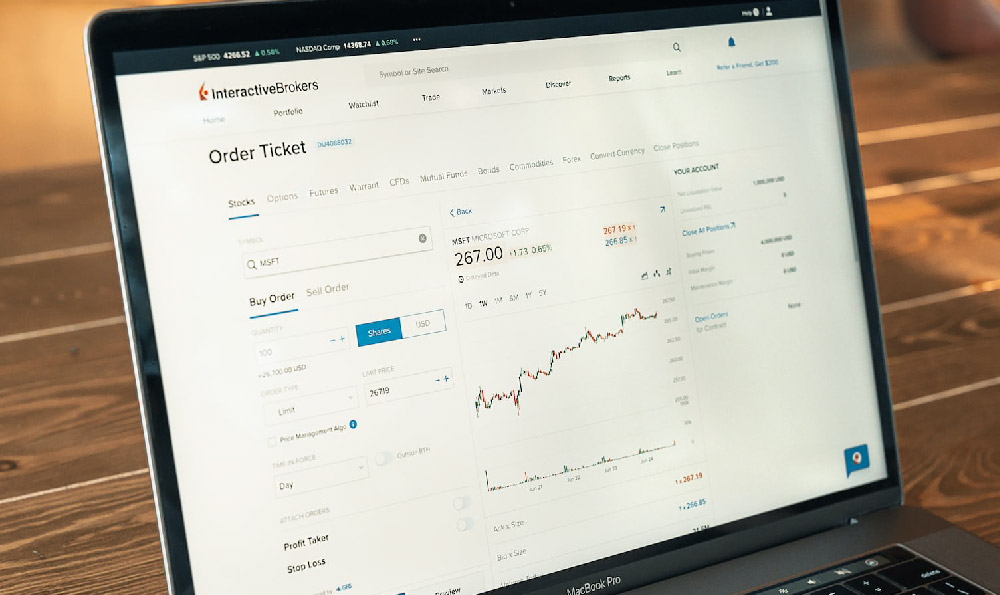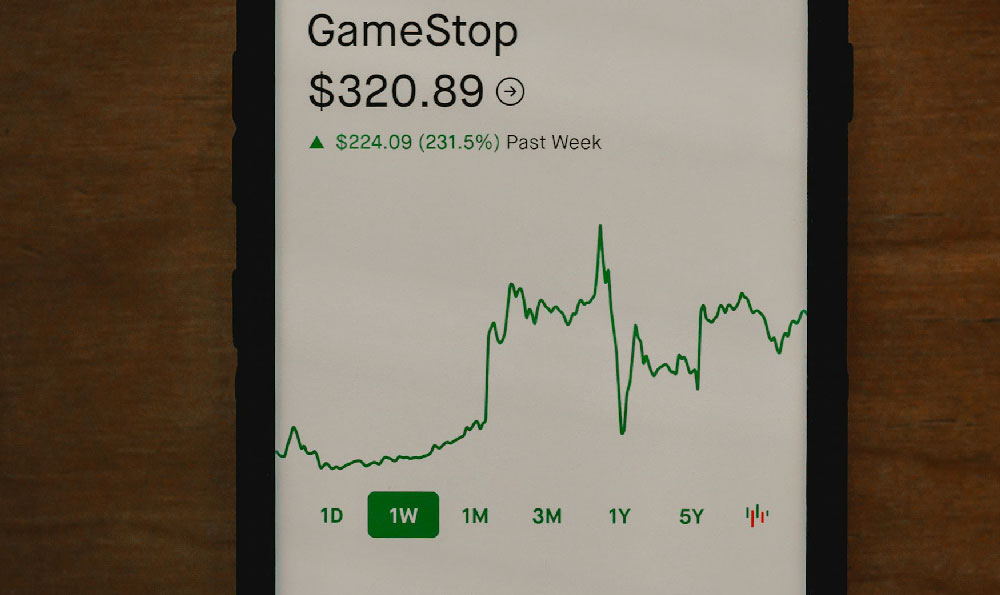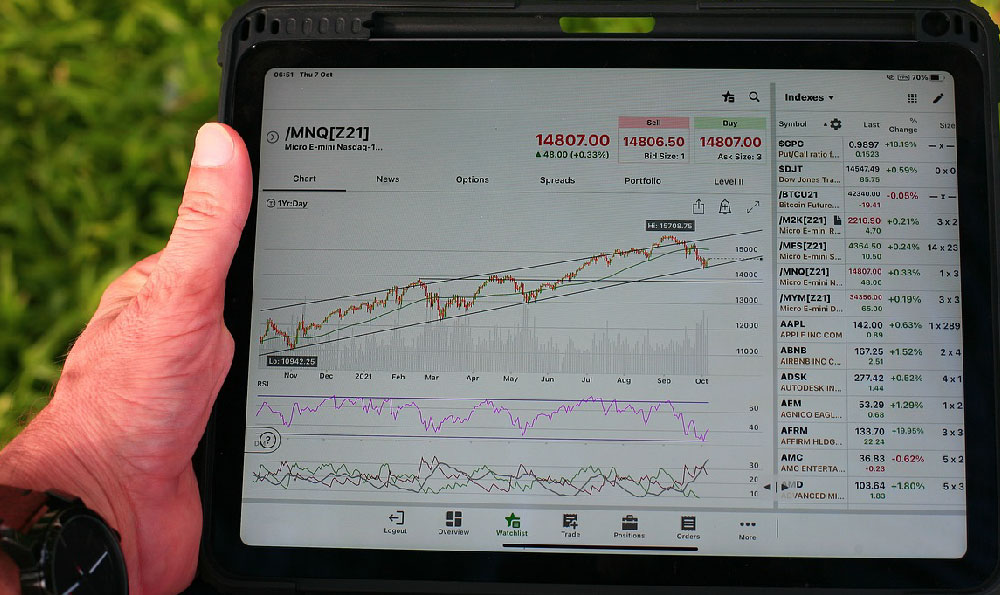Pinterest, the visual discovery engine, has carved a unique niche in the digital landscape, allowing users to discover, save, and share ideas through images and videos. Understanding how Pinterest generates revenue and the intricacies of its business model is crucial for investors, marketers, and anyone interested in the platform's long-term sustainability. Pinterest's profitability journey has been a process of evolution, relying heavily on advertising as its primary revenue stream.
The core of Pinterest's revenue model lies in its advertising platform, often referred to as "Promoted Pins." These Promoted Pins appear seamlessly within users' feeds and search results, integrated in a way that mimics organic content. This non-intrusive approach is a key factor in Pinterest's advertising success, as users are more receptive to ads that feel relevant and aligned with their interests. Advertisers target these Promoted Pins based on various criteria, including keywords, demographics, interests, and even specific pin categories. This granular targeting ensures that ads are shown to the most relevant audience, maximizing their impact and conversion rates. Pinterest leverages its vast user data to facilitate this precise targeting, analyzing user activity, saved pins, and browsing history to understand individual preferences.
The advertising revenue model can be further broken down into various bidding strategies. Cost-per-click (CPC) allows advertisers to pay only when a user clicks on their Promoted Pin, directing them to their website or landing page. This is a popular option for businesses focused on driving traffic and generating leads. Cost-per-impression (CPM), on the other hand, charges advertisers based on the number of times their Promoted Pin is displayed, regardless of whether users click on it. CPM is often used for brand awareness campaigns, aiming to increase visibility and reach a wider audience. Beyond these standard bidding options, Pinterest also offers optimization tools and automated bidding strategies that leverage machine learning to maximize campaign performance. These tools automatically adjust bids based on real-time data and market conditions, ensuring that advertisers get the most value for their ad spend.

While advertising remains the dominant revenue stream, Pinterest has been actively exploring alternative sources of income to diversify its business model and enhance its long-term growth potential. One such avenue is e-commerce integration, allowing users to directly purchase products featured in Pins. This "shoppable pins" feature transforms Pinterest into a seamless shopping platform, bridging the gap between inspiration and purchase. Users can click on a shoppable pin to learn more about the product, view pricing information, and proceed directly to the retailer's website to complete the transaction. Pinterest may earn a commission on these sales, creating a direct link between its platform and e-commerce revenue. This strategy is particularly attractive to retailers, as it allows them to reach a highly engaged audience actively seeking product inspiration. The success of shoppable pins depends on seamless integration with e-commerce platforms and the ability to provide a smooth and secure shopping experience for users.
Another emerging revenue stream is Pinterest's focus on creators. Recognizing the importance of content creators in driving engagement and attracting new users, Pinterest has introduced features and programs designed to support and monetize their work. These initiatives include creator tools that allow creators to produce high-quality content directly on the platform and partnerships that enable creators to earn revenue through sponsored content and affiliate marketing. By empowering creators, Pinterest aims to foster a vibrant and diverse content ecosystem, which in turn attracts more users and advertisers to the platform. This strategic focus on creators also strengthens Pinterest's competitive advantage, as it differentiates itself from other social media platforms that may not prioritize creator support as heavily.
Furthermore, Pinterest has explored data licensing and analytics offerings. The platform's vast repository of user data, including search queries, saved pins, and browsing history, represents a valuable asset for market research and trend analysis. By licensing this data to third-party companies, Pinterest can generate additional revenue while providing valuable insights into consumer behavior and market trends. This revenue stream is particularly appealing to businesses that rely on data-driven decision-making, such as advertising agencies, retailers, and market research firms. However, Pinterest must carefully manage data privacy concerns and ensure that user data is handled ethically and responsibly.
In summary, Pinterest's profitability is heavily reliant on its advertising platform, particularly Promoted Pins, which offer targeted advertising opportunities for businesses of all sizes. While advertising remains the primary revenue driver, the company is actively diversifying its income streams through e-commerce integration, creator monetization, and data licensing. The long-term success of Pinterest's revenue model hinges on its ability to maintain a balance between monetization and user experience, ensuring that ads are relevant and non-intrusive. As Pinterest continues to evolve and expand its features, it will likely explore new and innovative ways to generate revenue, solidifying its position as a leading visual discovery engine.












